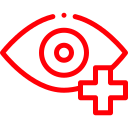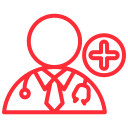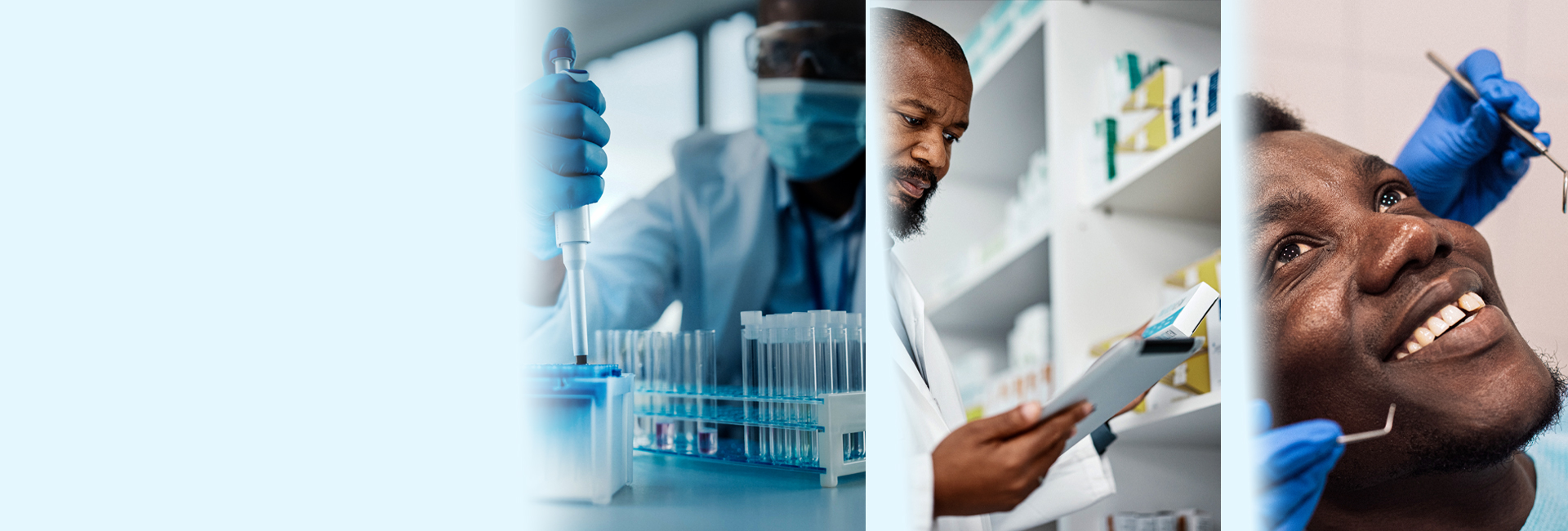Clinical Services
-
Learn More

Ophthalmology Services
AAR Healthcare has partnered with Mamy Eyewear to provide more than just eyeglasses; we now offer a unique experience that marries fashion with functionality.
-
Learn More

Obstetrics & Gynaecology Clinic
At AAR Healthcare, we recognize the unique healthcare needs of women, and our Obstetrics and Gynecology Clinic is dedicated to providing comprehensive and compassionate care.
-
Learn More

Peadiatric Clinic
At AAR Healthcare, we understand that children require specialized care and attention.
-
Learn More

General Practitioner Clinic
At AAR Healthcare, we understand that your well-being is your most precious asset.
-
Learn More

Dental Services
Our dedicated dental services blend expertise and innovation to create a dazzling smile you'll love.
-
Learn More

Wellness Program
We offer a wider range of Wellness Program - your personalized path to health, safety, and well-being.
-
Learn More

Physiotherapy Services
Our dedicated team of experienced physiotherapists is committed to your health and vitality.
-
Learn More

Laboratory Services
Our Laboratories are your trusted partner in evidence-based medicine.
-
Learn More

Medical Check-ups
We offer a range of Pre-Employment and Medical Examinations.
-
Learn More

X- Ray & Ultrasound Services
Our X-ray and Ultrasound services are led by a team of experienced and highly skilled radiologists and technologists who are committed to your well-being.
-
Learn More

Pharmacy Services
Our Pharmacies are - your one-stop destination for quality pharmaceutical products and exceptional services.
-
View All Our Services
Latest Blogs
-
AAR HEALTHCARE SOUTH C OUTPATIENT CENTRE (OPC) IS MOVING!
Our South C Outpatient Center is excited to announce that it will soon be relocating to a new location! Starting 31st
Read More
-
Understanding Prediabetes and its Risk Factors
Meet Aggrey, a 47-year-old man who has spent 15 years of his life working behind a desk. He has grown overweight, w...
Read More
-
Dangers of Chronic dieting
Chronic dieting is camouflaged as a path to great wellness and health. It actually erodes our health and well-being by contri...
Read More







